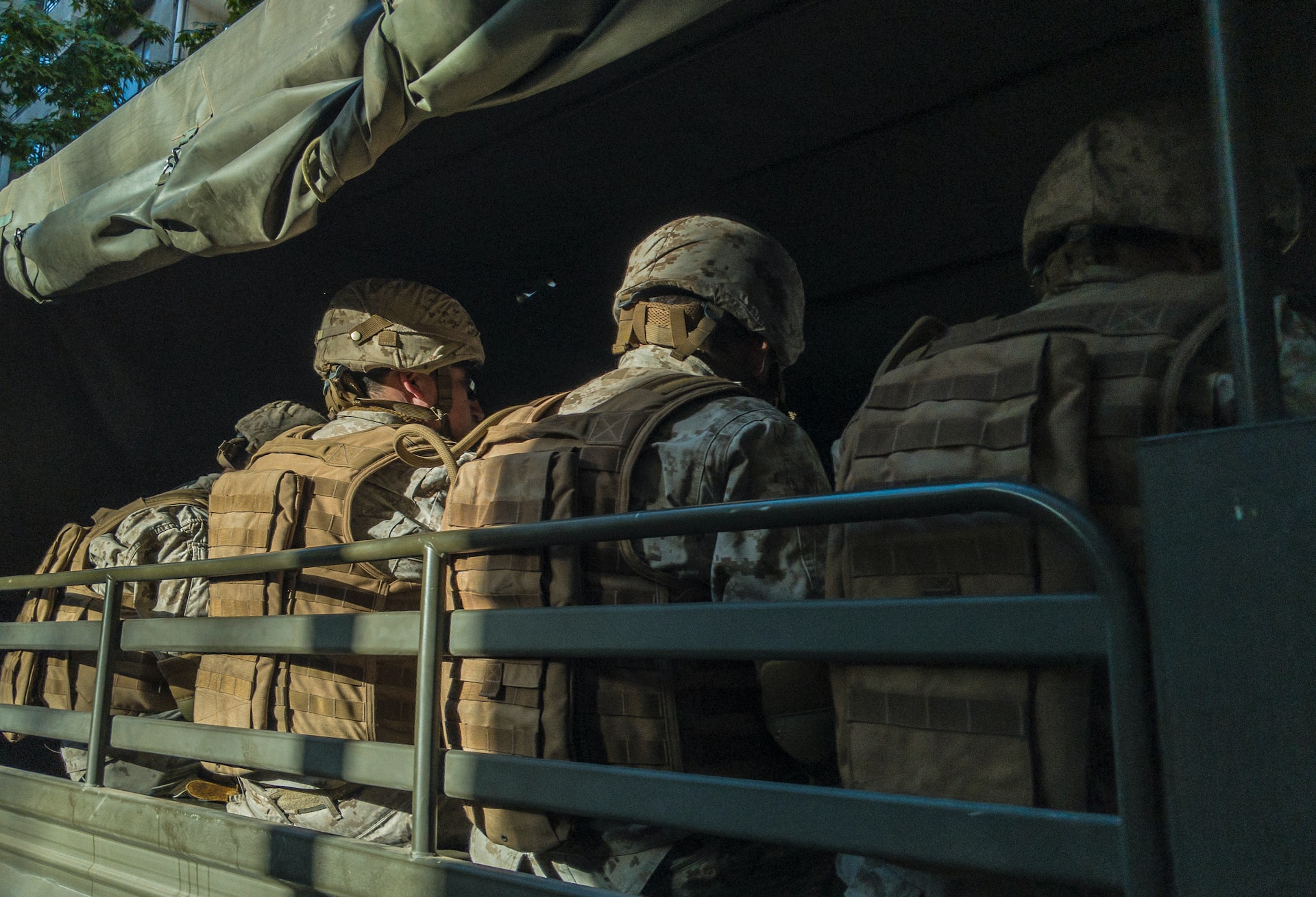Article 86 (UCMJ): What You Need To Know About Absence Without Leave

If you’re part of the military, you’re most likely familiar with UCMJ. Short for the Uniform Code of Military Justice, the UCMJ is a federal law that lists the criminal offenses under military law and fundamentally defines the military justice system. Once you’re a service member, you’re subject to all its articles, including Article 86.
Article 86 (Absence Without Leave – AWOL) can have a significant impact on a military member’s life during their active duty service and after. What exactly does Article 86 cover, and how grave is going AWOL in the military? We’ll discuss further in this article.
Contents
- 1 What Is Article 86 of the UCMJ?
- 2 Difference Between Unauthorized Absence (UA) and AWOL (Absent Without Leave)
- 3 Types of Absences Qualified for Charges Under Article 86
- 4 Are Desertion and Missing Movement Considered as UA?
- 5 Consequences of Violating Article 86: What if a Service Member Remains Absent?
- 6 Legal Defenses Against Article 86 Charges
- 7 Service Member Preventive Measures and Education
- 8 Conclusion
- 9 FAQs
What Is Article 86 of the UCMJ?
UCMJ Article 86 covers absence without leave (AWOL). AWOL occurs when a service member fails to appear before their unit, organization, or place of duty at a time prescribed by an authority figure. The scope of Article 86 covers cases wherein military personnel fail to appear at an appointed place because of factors out of their control. AWOL is one of the most common offenses in the military, and the term is even known in the civilian context. However, not many civilians are aware of the content of Article 86. Looking back at history, there are no records of the first time someone went AWOL or went on unauthorized absence. However, the War of 1812 reported that the desertion rate of American enlisted members was more than 12%. Desertion was rampant because the enlistment bonus attracted many people to join the military. In the following conflicts and wars, many military members left their assigned units, leading the Armed Forces to develop strict rules for this offense.The difference between unauthorized absence and absence without leave lies in the military branch. This misconduct is called an absence without leave (AWOL) in the Army and Air Force. Meanwhile, the Navy and Marine Corps use the term unauthorized absence.
Types of Absences Qualified for Charges Under Article 86
Article 86 has four subsets, which cover the types of absence that will lead to military charges. To violate Article 86 of the UCMJ, one of the following elements must be met: Failing to go to or going from place of duty. In this particular subset, three things must happen:-
- A proper authority appointed you or someone to be present at a place of duty at a designated time.
- You or that person knew you were required to be in that area.
- Without authorization, you either failed to go to that place of duty at the right time or left the appointed place of duty.
- The accused went from or remained absent from their unit, organization, or place of duty.
- The absence was unauthorized, and the accused remained absent until a specific date.
- There is apprehension about communicating to military control, and the return was involuntary. Under this circumstantial evidence, this would bring a specific charge of AWOL terminated by apprehension.
- The accused went from or remained absent from their place of duty, organization, or duty where they were required, and this absence was unauthorized.
- The accused party remained absent until a specific date.
- There is proof that the accused knew the absence would happen during maneuvers or field exercises they were required to be in.
- The accused intended to be absent to avoid taking part in these activities.
- The accused was a member of a guard watch.
- That person went or remained absent from that guard post without authority.
Are Desertion and Missing Movement Considered as UA?
Yes, but desertion and missing movement are two very different concepts. You can’t interchange them with one another. Desertion occurs when a service member goes AWOL or on UA for at least 30 consecutive days. Meanwhile, missing movement is when a military member misses an aircraft or ship intentionally or out of neglect.Consequences of Violating Article 86: What if a Service Member Remains Absent?
The maximum punishment for leaving one’s appointed place of duty depends on the offense’s context. The maximum punishment generally begins at one month of confinement and forfeiture of two-thirds of monthly pay. More extreme penalties include bad conduct discharge, forfeiture of all pay and allowance, and imprisonment for six months.Legal Defenses Against Article 86 Charges
If you or a service member you know is accused of violating Article 86, you must obtain the assistance of experienced military lawyers. You need the help of professionals who have succeeded in defending personnel who have failed to show up at an appointed place of duty.Service Member Preventive Measures and Education
Conducting due diligence is vital. You should communicate with the proper authority if you or a fellow service member must be absent from an appointed place of duty for whatever reason. Moreover, it would be best to understand the UCMJ Article 86 to ensure you won’t violate its terms. Fortunately, military branches are stringent in their efforts to educate their personnel.Conclusion
Going on unauthorized absence or AWOL can have severe consequences. That’s why you should always remain vigilant. Explore the SCRACVS website to learn more about life in the military.FAQs
What is punitive Article 86?
Article 86 covers people absent from their place of duty at an appointed time. Unauthorized absence or going AWOL is different from desertion.What is the penalty for going AWOL in the military?
The maximum punishment depends on the case and the severity of one’s abandonment. In mild cases, there will be forfeiture of pay and confinement. Punitive punishment refers to the imposition of penalties or disciplinary actions intended to correct or deter unacceptable behavior. In the military context, this type of punishment varies depending on the severity and nature of the offense committed. It can range from reduction in rank and forfeiture of pay to more severe consequences like imprisonment.What UCMJ article covers desertion?
Desertion, a serious offense in the military, is covered under Article 85 of the Uniform Code of Military Justice (UCMJ). It is considered more egregious than Unauthorized Absence (UA) or Absence Without Leave (AWOL).
Roy L. Kaufmann
Founder of SCRACVS, brings over 15 years of experience in military law and technology. His legal expertise and dedication to serving active duty members drive the platform’s mission to deliver accurate, reliable military status verifications with confidentiality and ease for law firms and businesses alike.


